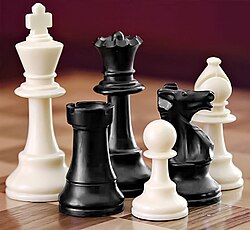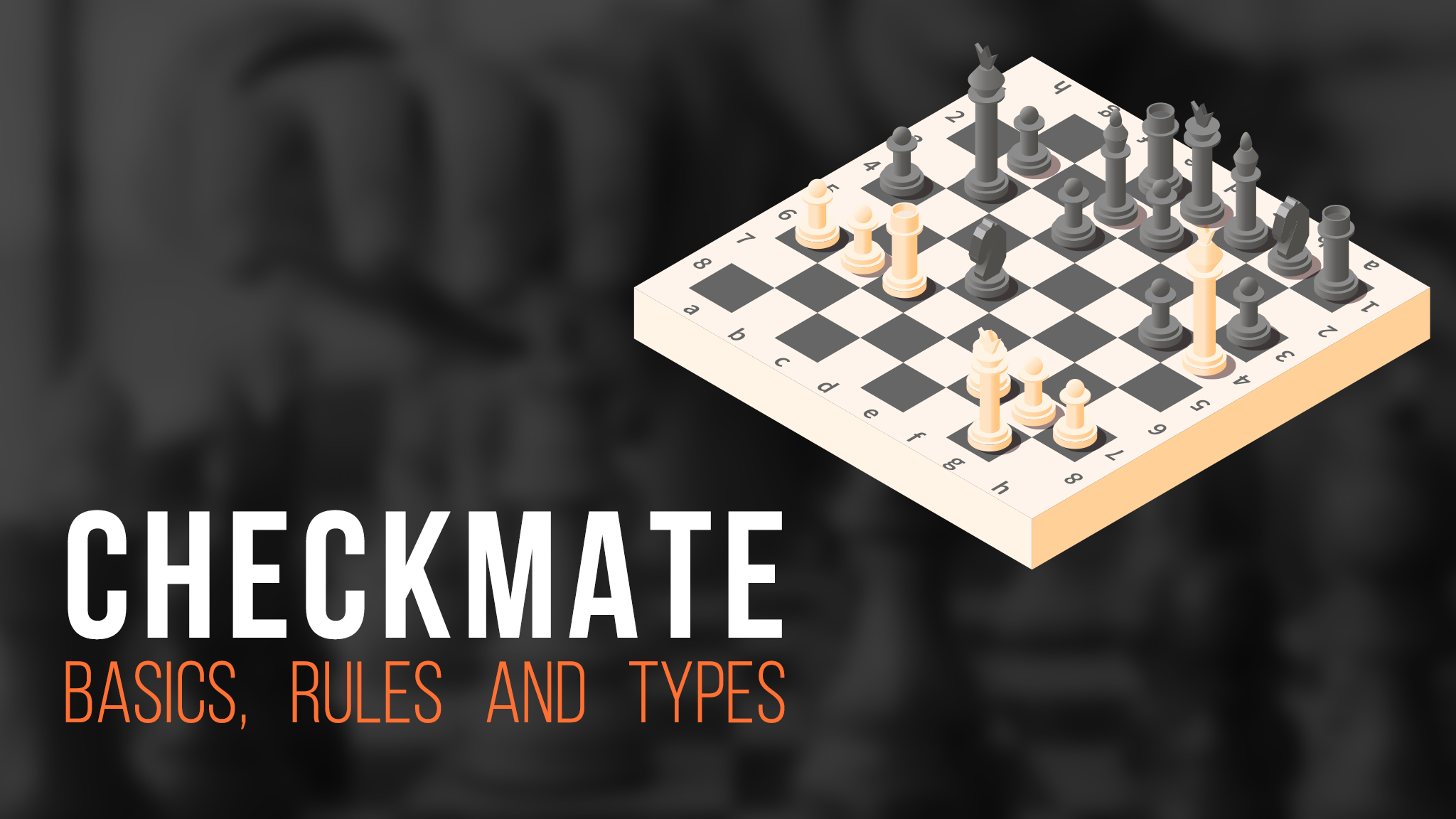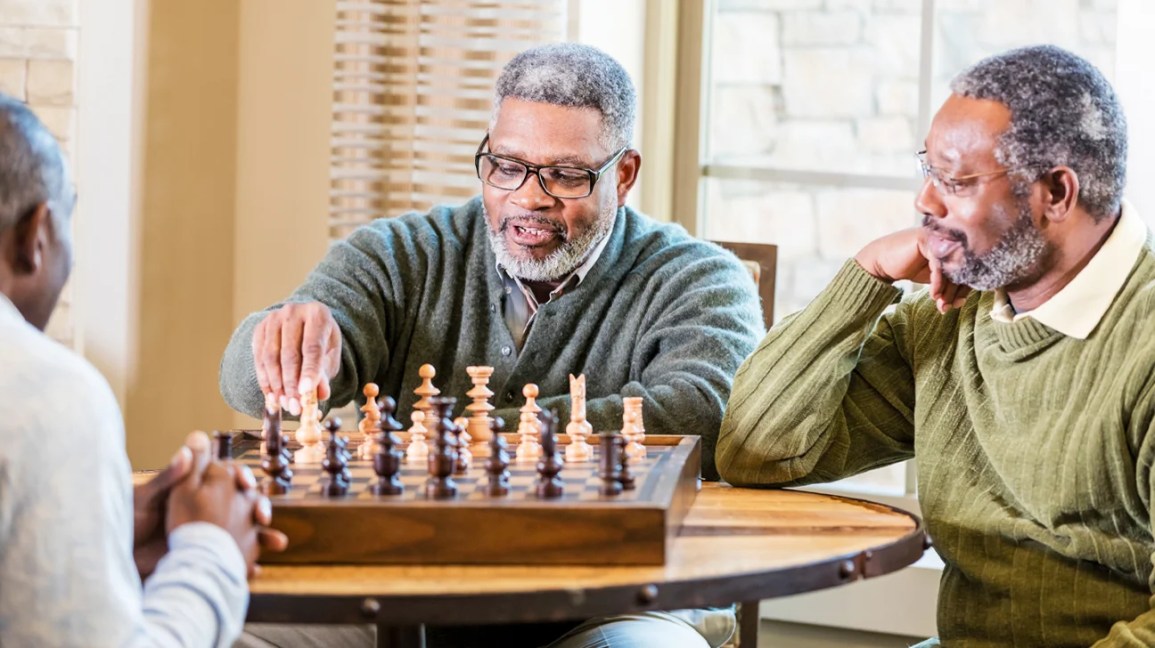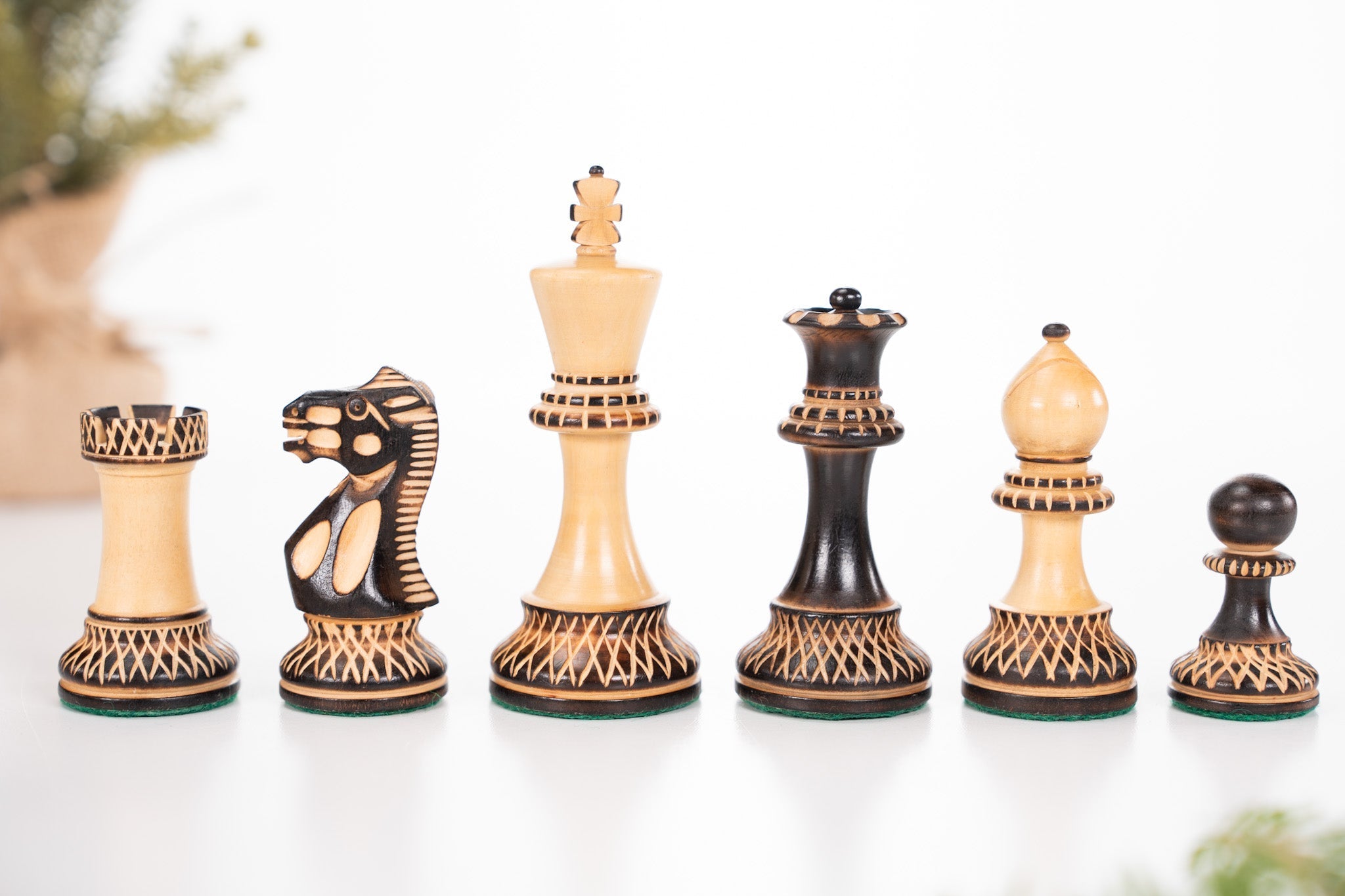Chess is a game enjoyed by millions around the world. It has a rich history and intricate rules.
Understanding the different types of chess rules is essential for both new and experienced players. Chess rules guide how the game is played, ensuring fair competition. These rules cover everything from piece movements to time controls. Knowing them can enhance your playing experience and boost your strategy.
Chess rules vary based on the type of game being played. Standard, blitz, and rapid chess each have their own unique set of guidelines. Learning these rules can help you adapt to different playing situations and improve your skills. Whether you’re playing casually or in a tournament, knowing the types of chess rules will make you a better player.

Credit: musketeerchess.net
Classic Chess Rules
Chess is an ancient game of strategy and skill. Classic chess rules form the foundation of this timeless game. They outline how each piece moves and interacts on the board. Knowing these rules is key to playing and enjoying chess.
Basic Movements
Each piece in chess has its own unique movement. Pawns move forward one square but capture diagonally. They can move two squares forward from their starting position. Knights move in an L-shape, two squares in one direction, then one square perpendicular. Bishops move diagonally across any number of squares.
Rooks move horizontally or vertically across the board. The queen combines the powers of the rook and bishop. She moves any number of squares in any direction. The king moves one square in any direction. He must always be protected from threats.
Special Moves
Some moves in chess are special. Castling is one such move. It involves the king and a rook. The king moves two squares towards the rook. The rook then moves to the square next to the king. This move helps protect the king and connect the rooks.
Another special move is en passant. It occurs when a pawn moves two squares forward from its starting position. If this move places it next to an opponent’s pawn, the opponent can capture it. This capture is as if the pawn had only moved one square.
Promotion is a special move for pawns. When a pawn reaches the far end of the board, it can be promoted. It usually becomes a queen, but it can also become a knight, bishop, or rook. This increases the player’s chances of winning.

Credit: en.wikipedia.org
Blitz Chess
Blitz Chess, also known as Speed Chess, is a thrilling variant of chess. Players have limited time to make their moves. This variant adds a layer of excitement and urgency to the game. The rapid pace tests a player’s quick thinking and decision-making skills. Blitz Chess can be a great way to practice and enjoy a faster-paced game.
Time Control
In Blitz Chess, players have a short time to complete all their moves. Usually, each player gets three to five minutes. This time control creates fast and intense games. Players must think quickly and act decisively. Any hesitation could cost precious seconds.
Strategies
Blitz Chess requires different strategies than traditional chess. Focus on quick, effective moves. Avoid deep calculations that consume time. Develop a strong opening repertoire. Commonly used openings save time and give you a solid start. Practice endgames to finish quickly and confidently.
Use pre-moves when possible. These are moves you make while your opponent is thinking. They save valuable seconds. Stay calm under pressure. Keeping a cool head helps you think clearly even in a rush.
Bullet Chess
Bullet Chess is a thrilling variation of chess where each player has less than three minutes to make all their moves. The speed and intensity of Bullet Chess make it a popular choice for players who enjoy fast-paced games. Understanding the specific rules and strategies can help you excel in this exciting format.
Rules Overview
In Bullet Chess, the primary rule is the time control. Each player typically has 1 or 2 minutes for the entire game. This time includes both their moves and the opponent’s moves.
- Time Control: Each player starts with a set amount of time, usually 1 or 2 minutes.
- Increment: Some Bullet Chess games include a small increment (e.g., 1 second) added per move.
- Move Speed: Players must make moves rapidly to avoid running out of time.
- Flagging: If a player’s time runs out, they lose the game, regardless of the board position.
Winning Tactics
Winning in Bullet Chess requires quick thinking and efficient play. Here are some key tactics:
- Pre-Moves: Use pre-moves to save precious seconds. This feature allows you to make a move before your opponent’s turn ends.
- Simple Openings: Stick to simple, well-known openings to save time and avoid complex calculations.
- Piece Activity: Keep your pieces active and coordinated. Aim for quick attacks and threats to pressure your opponent.
- Time Management: Manage your time carefully. Avoid spending too long on any single move.
- Opponent’s Time: Watch your opponent’s clock. If they are low on time, create situations that force them to think longer.
By mastering these tactics, you can improve your Bullet Chess performance and enjoy the fast-paced excitement this format offers.
Rapid Chess
Rapid Chess is a faster form of chess with shorter time controls. This format is popular among players who enjoy quick games. The shorter time adds excitement and challenges players to think fast.
Time Limits
In Rapid Chess, each player typically has 15 to 30 minutes. This time includes the entire game. Some tournaments use a 10-minute base time with a 10-second increment per move. This fast pace requires quick decision-making skills. Players must balance speed and accuracy.
Common Mistakes
One common mistake is not managing time well. Players may think too long on one move. This can lead to running out of time. Another mistake is playing too fast. This can result in blunders. Players should aim for a steady pace. Panicking under time pressure is also common. Staying calm is key. Lastly, neglecting basic tactics can hurt your game. Always watch for simple threats.
Chess960
Chess960, also known as Fischer Random Chess, is a variant of the traditional chess game. Created by Bobby Fischer, this format aims to reduce the influence of opening theory. It encourages creativity and strategic thinking. The main difference lies in the starting position of the pieces. There are 960 possible starting arrangements, making each game unique and exciting.
Starting Positions
In Chess960, the starting positions of the pieces are randomized. This means both players have the same arrangement of pieces, but it’s different from the classical setup. The pawns remain on the second rank, but the back rank pieces can be in any order.
The key rules for generating these positions are:
- The bishops must be placed on opposite-color squares.
- The king must be placed between the two rooks.
| Traditional Chess | Chess960 |
|---|---|
| Fixed starting position | 960 possible starting positions |
| Known openings | Unpredictable openings |
| Focus on memorization | Focus on creativity |
Strategic Differences
Chess960 changes the approach to strategy. Players cannot rely on memorized openings. They must think from the first move. This levels the playing field, as both players are in uncharted territory.
Key strategic differences include:
- Opening Preparation: Players must evaluate new positions quickly.
- Piece Development: Early piece development is crucial.
- King Safety: Castling rules still apply but can be complex.
Chess960 encourages creative play. Players focus on fundamental principles rather than memorization. This makes each game a fresh challenge.

Credit: chessklub.com
Bughouse Chess
Bughouse Chess features unique rules with four players and two boards. Captured pieces from one board can be used on the other. This adds an exciting twist to traditional chess.
Bughouse Chess is a variant of chess played with four players. It is played on two boards. Players form teams of two. Each player faces an opponent. Captured pieces are given to the teammate. The teammate can place these pieces on their board.Gameplay Mechanics
Bughouse Chess has unique rules. Captured pieces can be placed on the teammate’s board. This can be done during the teammate’s turn. The pieces can be placed on any empty square. Normal chess rules apply to these pieces. Players need to communicate. They must share which pieces they need. Capturing key pieces can turn the game. Speed is vital. Players often make quick moves. The game can become chaotic. It is fun and challenging.Team Strategies
Teamwork is key in Bughouse Chess. Players need to support each other. They should communicate their needs. One player can sacrifice pieces. The teammate can use these pieces effectively. Timing is crucial. Players should coordinate attacks. One player’s sacrifice can help the teammate win. Defending is also important. Players should protect key pieces. They should avoid giving the opponent useful pieces. Effective communication and strategy make Bughouse Chess exciting. It requires teamwork and quick thinking.Three-check Chess
Three-Check Chess adds a unique twist to traditional chess. The game introduces an exciting and strategic challenge. Players aim not just for checkmate, but to check the opponent’s king three times. This variation requires a different mindset and approach.
Objective And Rules
In Three-Check Chess, the main goal is straightforward. Check your opponent’s king three times. Standard chess rules still apply. The game board, pieces, and movements remain the same. Each player keeps track of checks received. The first player to deliver three checks wins the game. A checkmate or stalemate also ends the game as usual.
Tactical Approaches
Three-Check Chess demands careful planning. Players must balance attack and defense. Aggressive opening moves can catch opponents off guard. Quick checks can lead to early advantages. But, reckless moves might expose your own king. Protecting your king becomes crucial. Analyze each move for potential checks. Think ahead to avoid unexpected threats.
Using knights and bishops can be effective. These pieces can deliver surprising checks. Position them wisely for maximum impact. Pawns also play a vital role. They can block checks and support attacks. Developing a solid pawn structure helps in both offense and defense.
King Of The Hill
King of the Hill is an exciting chess variant that adds a unique twist to traditional gameplay. In this version, players aim not only to checkmate but also to place their king in the center of the board. This central square is often referred to as the “hill”.
Winning Conditions
The King of the Hill variant introduces new winning conditions. To win, a player must either:
- Checkmate the opponent’s king.
- Move their own king to one of the central squares (d4, d5, e4, e5).
These two conditions make the game more dynamic. Players have dual objectives, which increases the complexity and excitement of the game.
Positional Play
Positional play in King of the Hill is crucial. Controlling the center of the board becomes even more important. Players must balance between traditional strategies and the new objective of reaching the center.
Here are some strategies:
- Develop pieces quickly.
- Maintain control over central squares.
- Use pawns to support your king’s advance.
- Be cautious of potential threats to your king.
These strategies help in achieving the winning conditions while maintaining a strong position on the board.
Conclusion
Chess rules may seem complex, but they add depth to the game. Understanding these rules makes playing chess more enjoyable. Remember, practice helps in learning these rules better. The more you play, the easier it becomes to remember each rule.
So, start playing and enjoy the fascinating world of chess. Happy playing!







